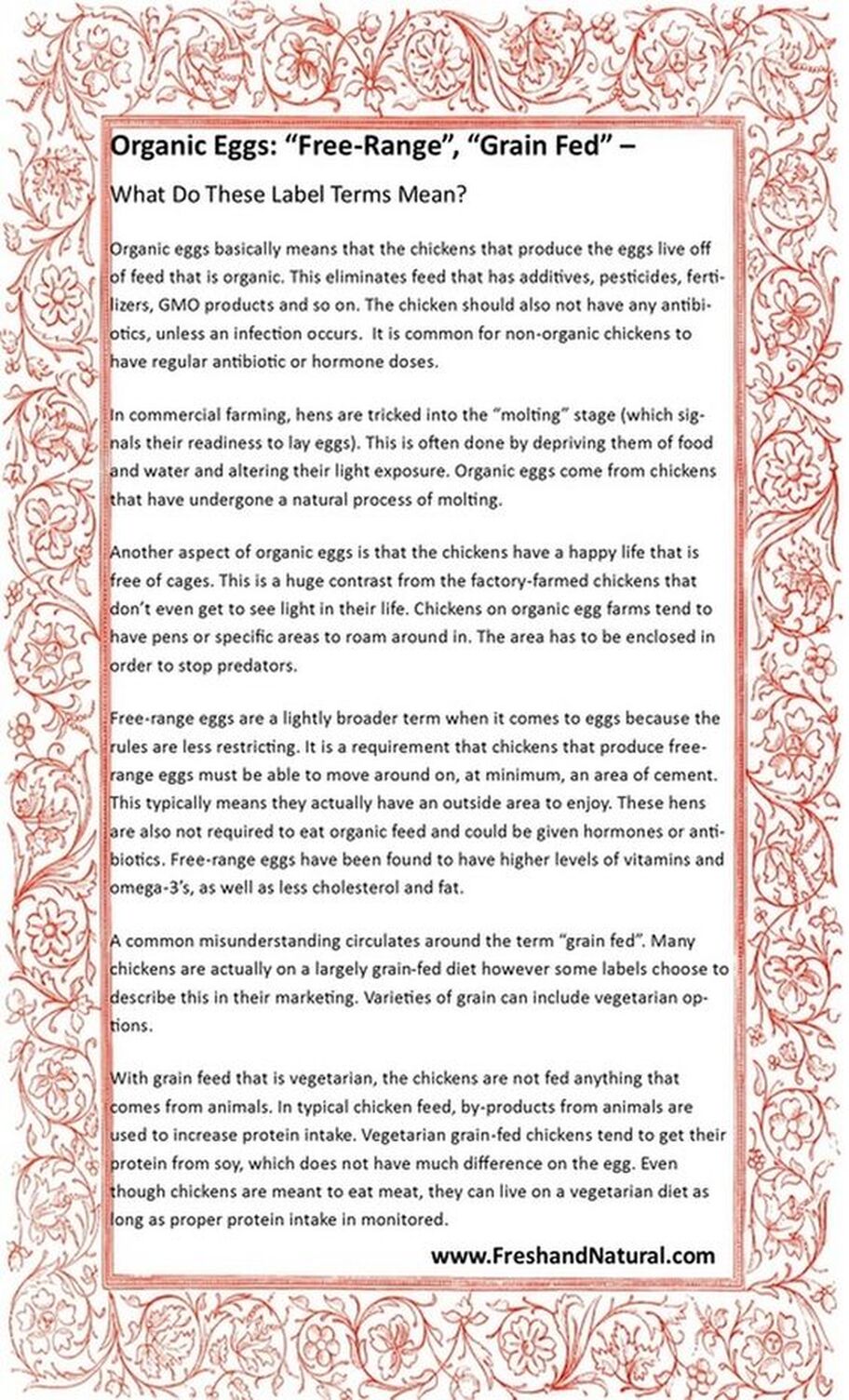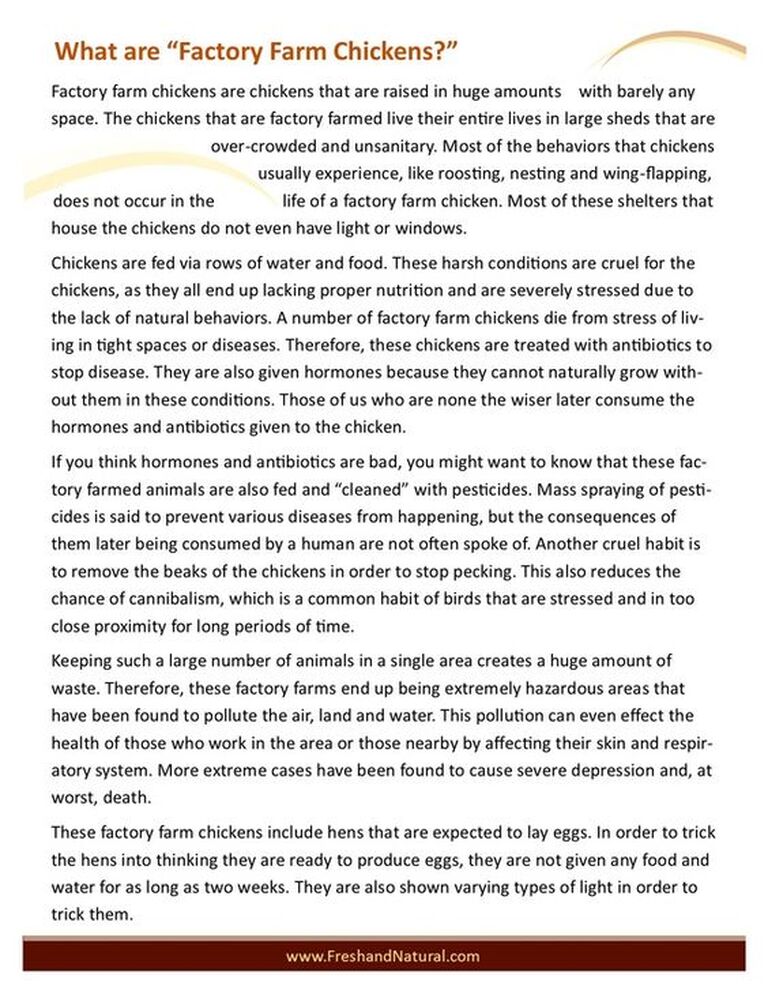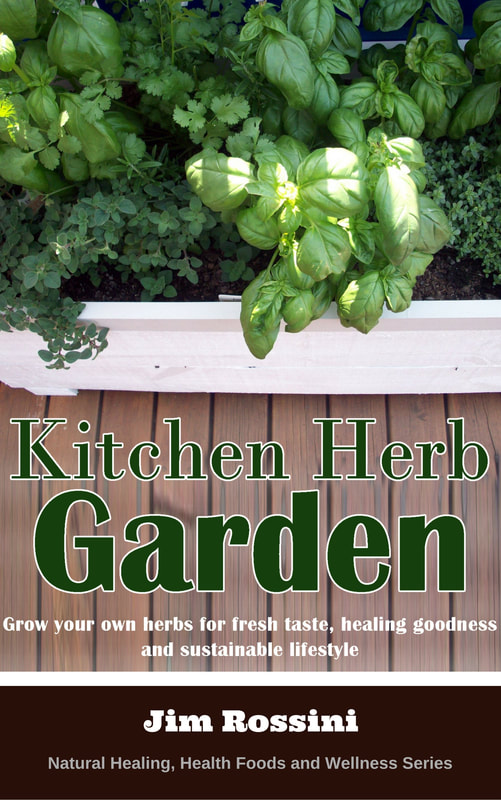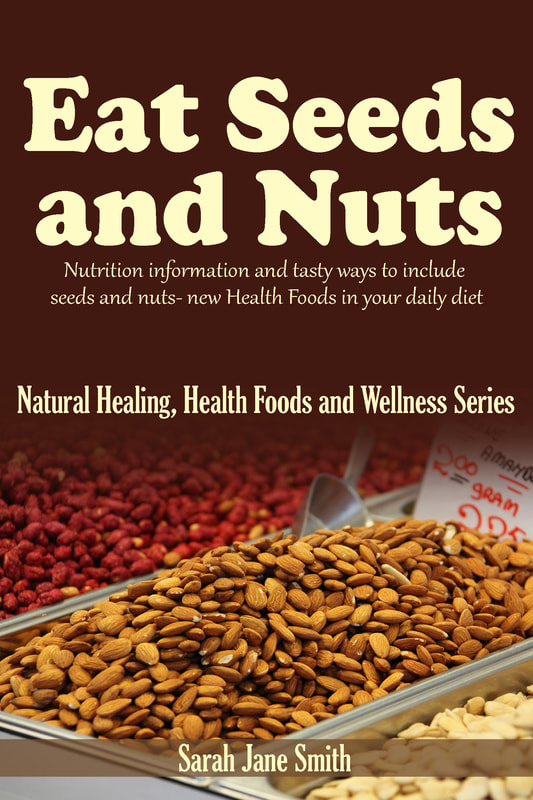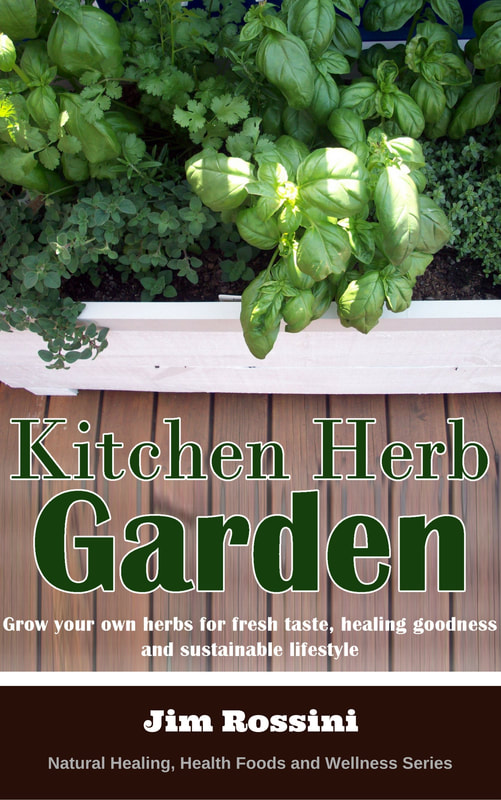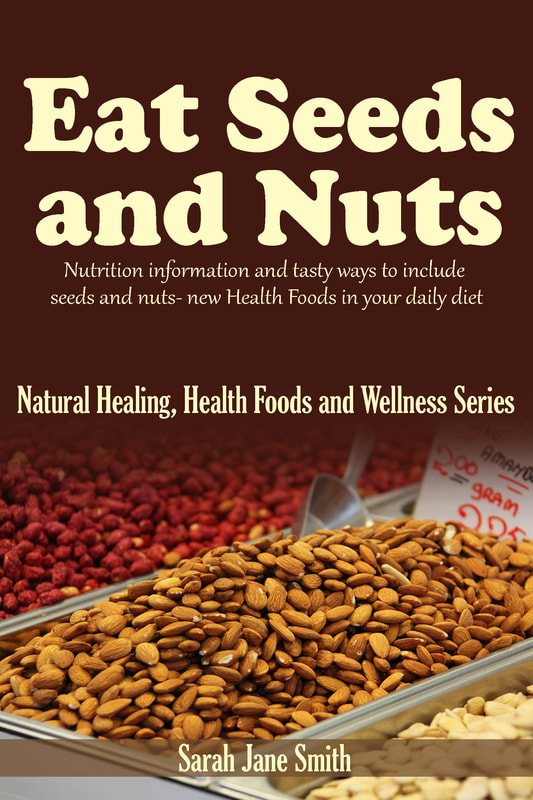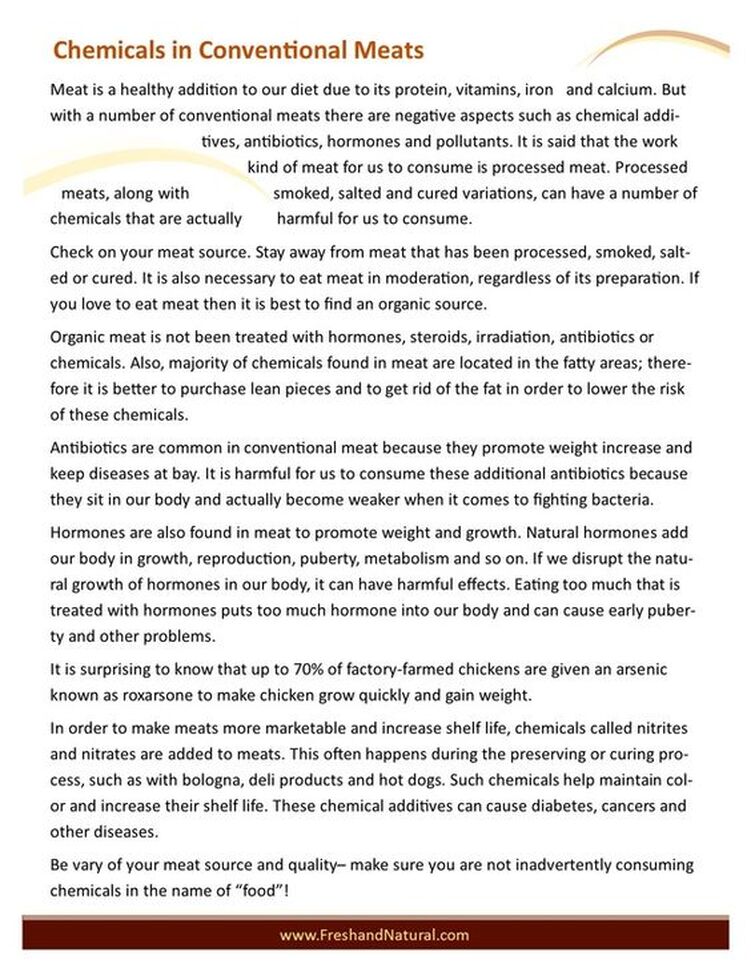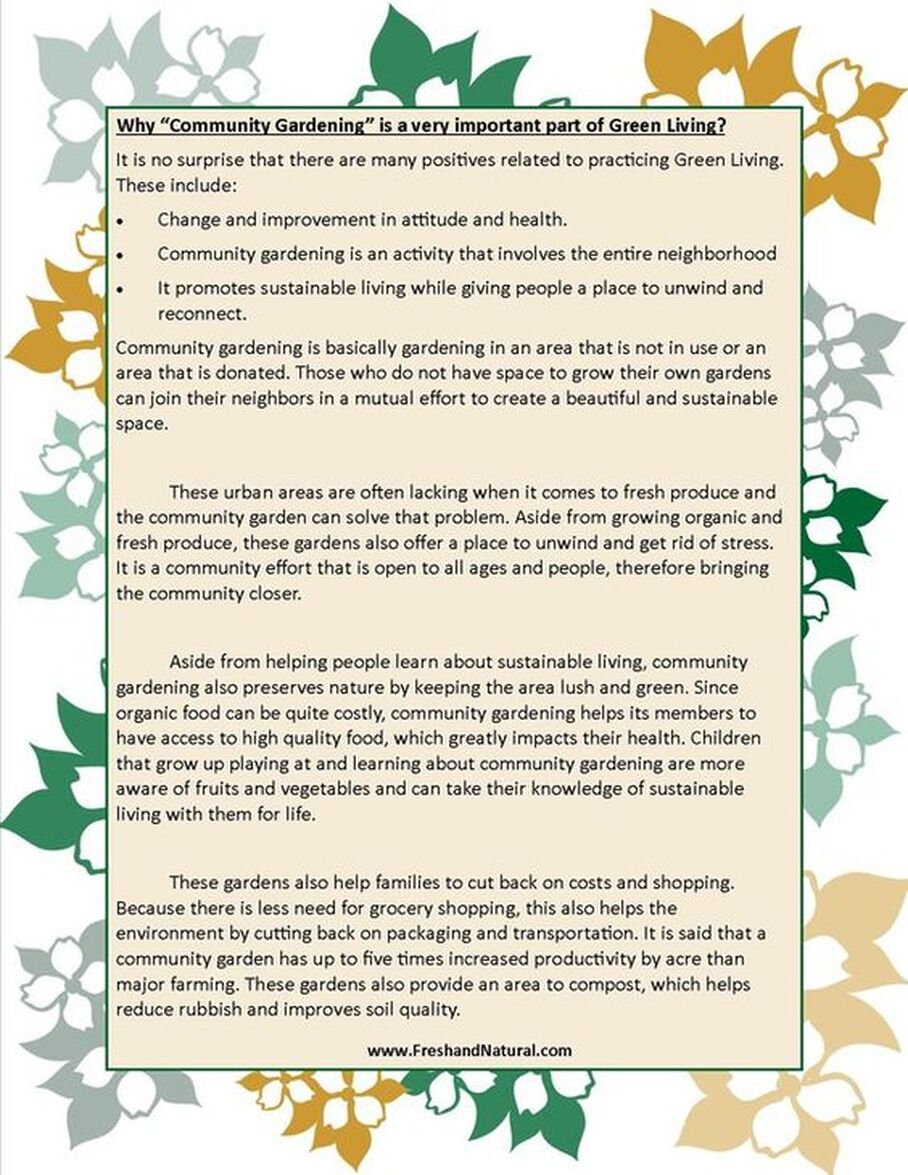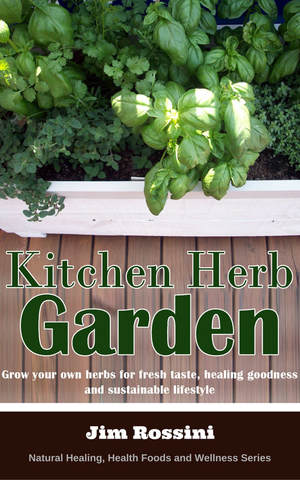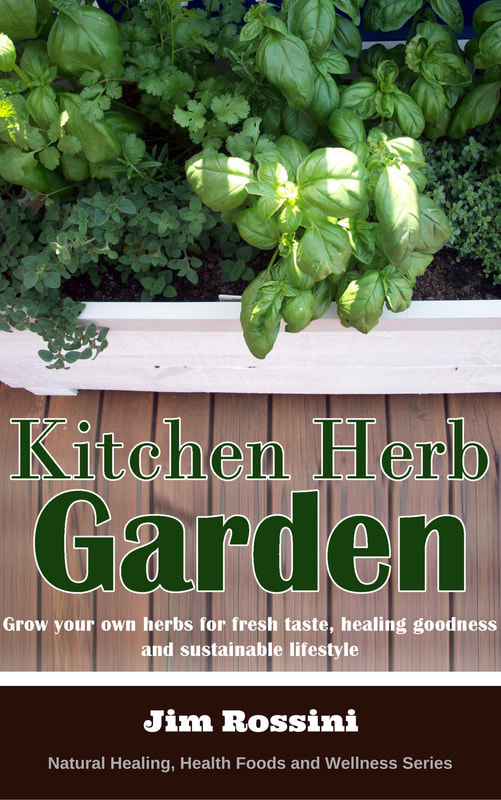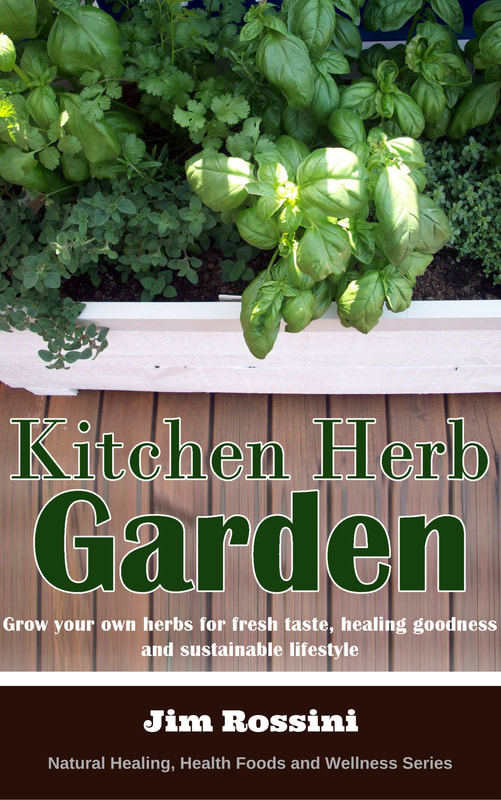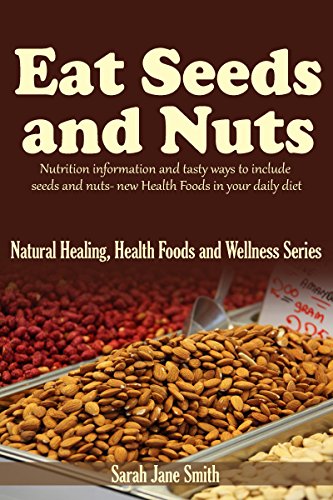| It can be shocking to think that the food we see before us in grocery stores or markets has been altered in order to look that way. A number of produce that we see as fresh produce has actually been treated with various chemicals, coloring and other procedures in order to maintain its look and appeal. These treatments are detrimental to our health and can cause a variety of health issues including kidney failure, liver and stomach problems. | |
A method of increasing growth speeds is to use a chemical concoction that has oxytocin and inject it into the produce. In order to ripen produce in time for selling, farmers or individual sellers are known to use chemicals such as calcium carbide and copper sulphate.
Watermelon also undergoes carbide treatment in order to speed up its growth and help it grow into a more appealing shape.
Vegetables and fruits can be given a wax treatment in order to maintain their look and prolong life on the shelf. The majority of wax used on fruits and vegetables tend to come from petroleum, which has traces of wood rosins and solvent deposits. Aside from the wax, ethanol or ethyl alcohol can be added to improve texture.
A different wax is used when it comes to organic fruits and vegetables. These waxes come from natural resources such as lac beetles, carnauba palm trees and beeswax.
Other coatings that can be added to fruits and vegetables also serve the same purpose by improving shelf life by reducing the speed of aging. While the list of possible coatings is a very long one, the most commonly used materials are lipids, polysaccharides, resins and proteins.
Additional essences added to the mentioned materials include antioxidants, plasticizers, texturizers and antimicrobials.
The best way to ensure that you aren’t consuming fruits and vegetables that have been treated this way is to find an organic food source. Or at least a local food source where you can communicate with the farmers and sellers and find out their methods.


